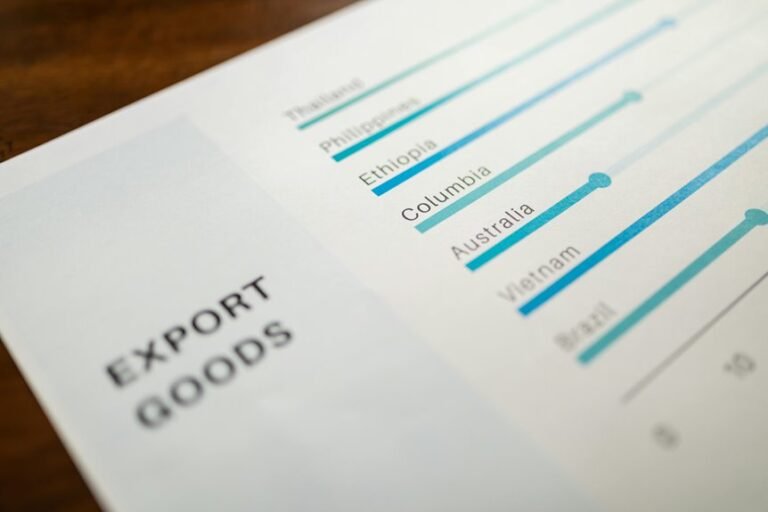Statistical Comparison Between 7082513091, 7082743723, 7083164009, 7083811491, 7083919045, and 7084261270
The statistical comparison of the phone numbers 7082513091, 7082743723, 7083164009, 7083811491, 7083919045, and 7084261270 reveals intriguing patterns in digit distribution and frequency. Analyzing these sequences could uncover regional service preferences or usage anomalies. Such insights may inform telecommunications strategies aimed at optimizing service delivery. Understanding these relationships is crucial for stakeholders, prompting further examination of the underlying factors influencing consumer behavior within this landscape.
Overview of the Numerical Sequences
The structure of phone numbers presents a fascinating study in numerical sequences that reveal patterns and variations across different regions and systems.
Each number holds numerical significance, reflecting local characteristics and cultural influences.
The sequence relationships among the digits indicate potential areas for analysis, unveiling insights into how these numbers are formatted and assigned, thereby contributing to a deeper understanding of communication frameworks.
Statistical Analysis and Patterns
Although phone numbers vary widely across regions, a statistical analysis reveals consistent patterns that can be observed in their distribution and formatting.
Employing data visualization techniques facilitates pattern recognition, allowing for identification of statistical significance among the selected numbers.
Furthermore, anomaly detection methods highlight deviations within the dataset, offering insights into unusual sequences and reinforcing the importance of rigorous analytical approaches in understanding numeric structures.
Insights and Implications
While patterns in phone number distributions can reveal significant insights, the implications of these findings extend beyond mere statistical interest.
The numerical significance identified through pattern recognition may inform telecommunications strategies, consumer behavior analysis, and regional service optimization.
Understanding these patterns allows stakeholders to leverage data effectively, fostering informed decision-making that promotes efficiency and enhances user experiences across various sectors.
Conclusion
In summary, the statistical analysis of the phone numbers reveals a tapestry of digit patterns, interwoven with regional nuances and consumer behaviors. Each number, like a thread in a larger fabric, contributes to a broader understanding of telecommunications dynamics. The insights gleaned from this examination serve as a compass for stakeholders, guiding them through the intricate landscape of service optimization and consumer preferences. Such knowledge, illuminated by data, can drive strategic decisions in an ever-evolving market.







